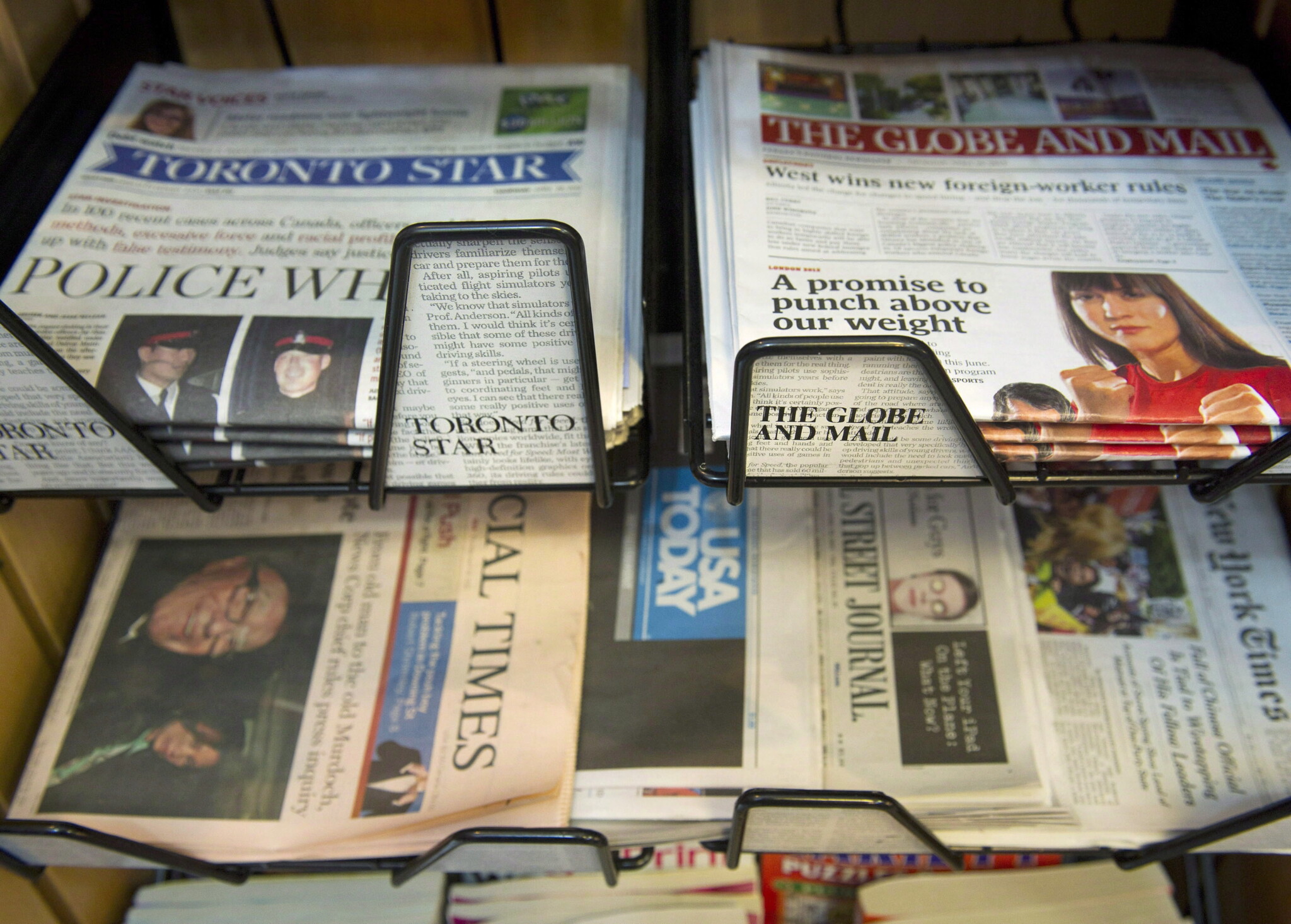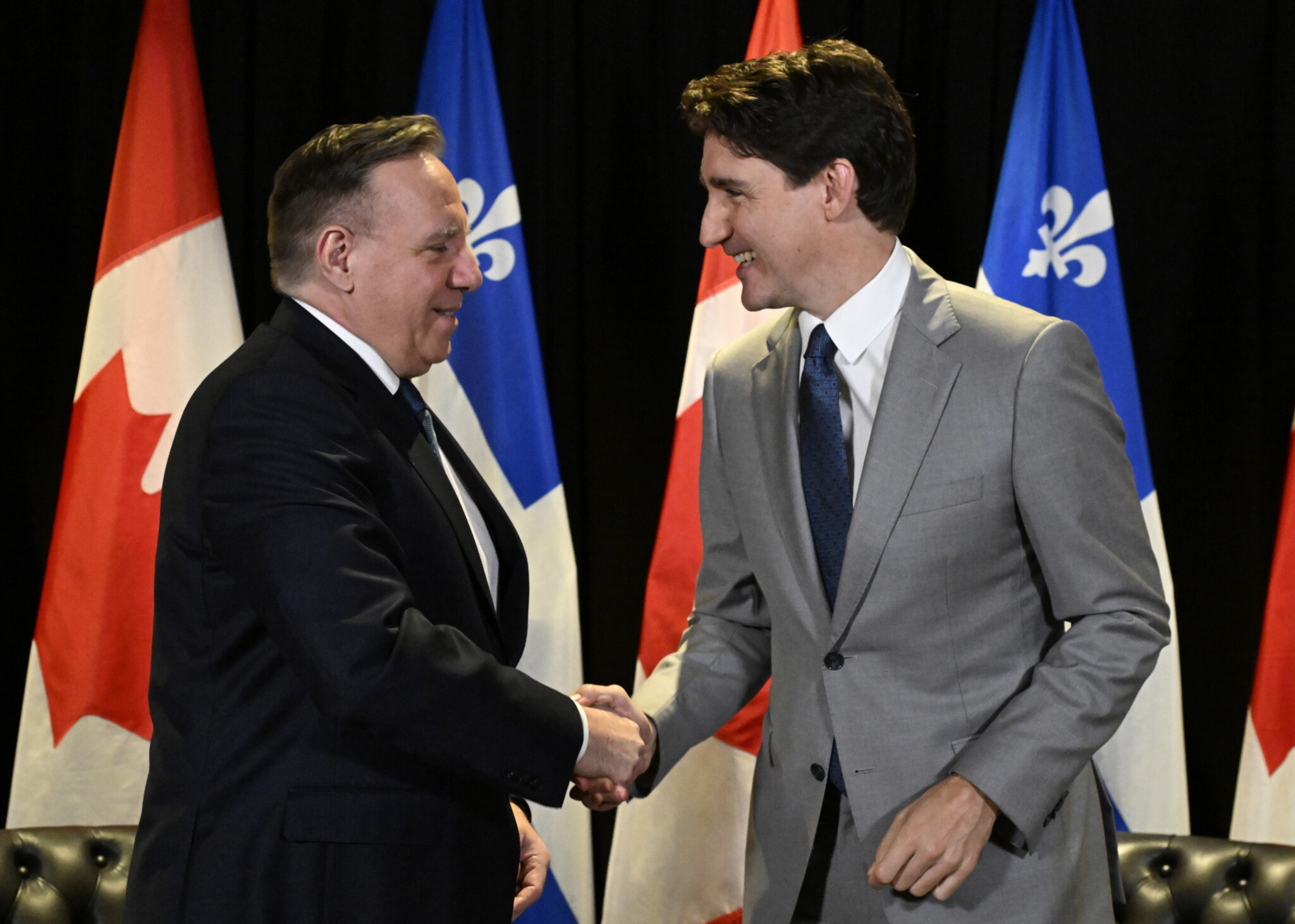The irony could not have been more delicious as Globe and Mail columnist Andrew Coyne threw around the T-word—Treason!—recently in connection with the National Security and Intelligence Committee of Parliamentarians (NSCICOP) report on foreign political interference. “What else do you call it when people conspire against their own country?” asked the headline on his column.
Our reluctance to call the allegations against unnamed MPs what they really are might come from public indifference and a decline in expectations brought by decades of scandal, mused Coyne, or simply from not taking them seriously enough. “Treason, we feel, is not the sort of thing that happens in Canada. It’s too big, too bad, too real.”
The irony is that Canadian mainstream news media are also included in the report’s allegations.
While the specifics have been omitted, I believe the Globe and Mail has been among those most complicit.
It’s not something you will read much about in our mainstream press, especially in Canada’s newspaper of record.
From what I can tell, this angle has so far only been reported by right-wing websites True North and Rebel News, along with a Red Deer Alberta local news site called Todayville. Coyne did, however, at least mention the allegations in a subsequent column.
“It is not illegal to pay Canadian media to produce coverage that portrays a foreign state in a positive light or to amplify the official policy of a foreign state,” noted the NSCICOP report.
“When that state conceals its involvement, however, this activity is no longer within the bounds of acceptable diplomacy and lobbying: it is foreign interference.”
When it comes to covertly influencing Canadian opinion through media, the People’s Republic of China (PRC) has been the “most capable,” the report continued. Sources in the intelligence community noted that it has been “interfering with Canadian media content via direct engagement with Canadian media executives and journalists.”
The next six sentences were deleted “to remove injurious or privileged information,” the report explained, revealing only that they “described examples of the PRC paying to publish media articles without attribution, sponsoring media travel to the PRC, pressuring journalists to withdraw articles and creating false accounts on social media to spread disinformation.”
A 2020 report by NSICOP was slightly more forthcoming about China’s foreign influence media strategy called “borrowing a boat to go out into the ocean” to co-opt mainstream media into publishing its propaganda. “This often takes the form of strategic partnerships with media to provide free PRC-approved messages for China-related news, similar to a wire service. Sometimes, the content is supplemental and paid for through advertisement.” One example it noted was the multi-page supplements appearing in large newspapers around the world, including the New York Times, the Wall Street Journal, the Washington Post, and the Daily Telegraph.
“These inserts, called ‘China Watch,’ look like part of the newspaper, but are propaganda for which the Telegraph alone reportedly receives EUR750,000 (approximately C$1.3 million) annually,” they conclude. What they fail to mention is that these Chinese propaganda brochures (put out by the Publicity Department of the Chinese Communist Party) have also been featured prominently here in Canada.
Right: The Globe reports on allegations of forced Uyghur labour in Xinjiang. Left: The Globe and Mail again publishes propaganda from the Publicity Department of the Chinese Communist Party. Same newspaper. Same day. Does not compute @globeandmail pic.twitter.com/iDAqgeZMxb
— Harrison Lowman (@harrisonlowman) December 12, 2020
While often taking a hawkish editorial stance and reporting approach on the rising world superpower, the Globe and Mail has been featuring paid CCP propaganda in its pages since at least 2016, when an eight-page section of China Watch headlined “A new Trudeau, a new era.” was published. A small line of type at the top of every page noted that the supplement had been “produced by China Daily and distributed in the Globe and Mail.”





